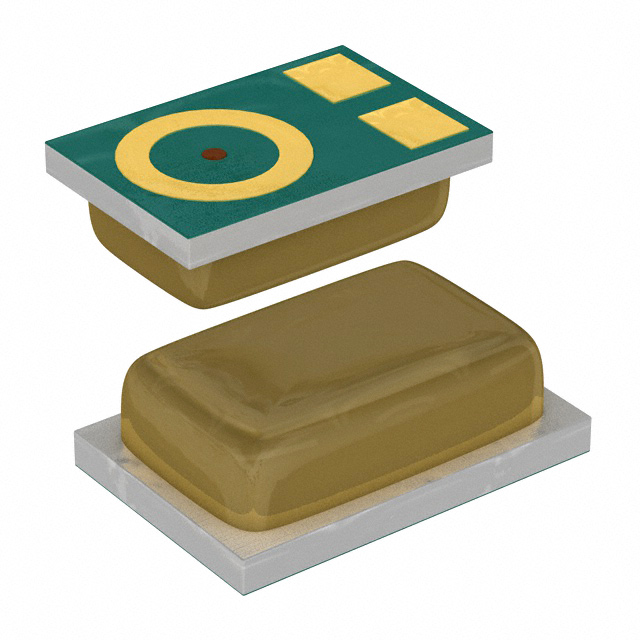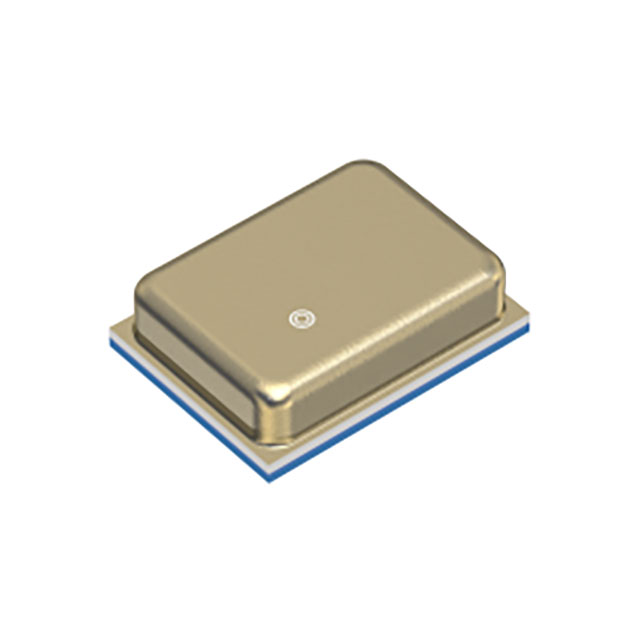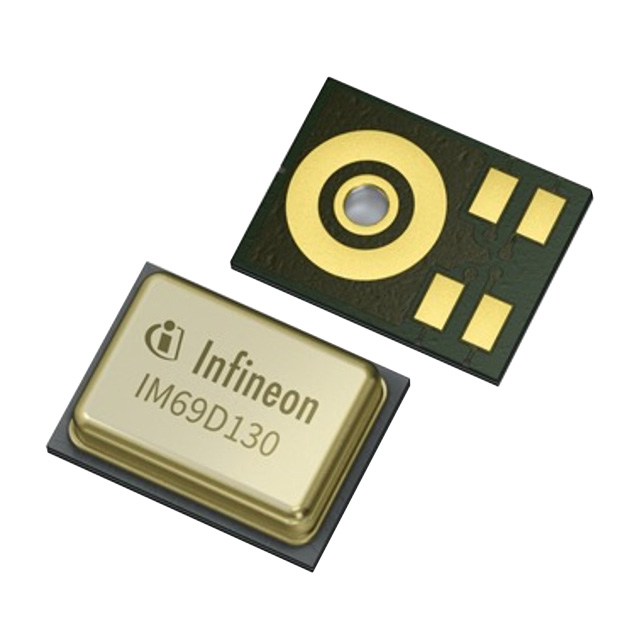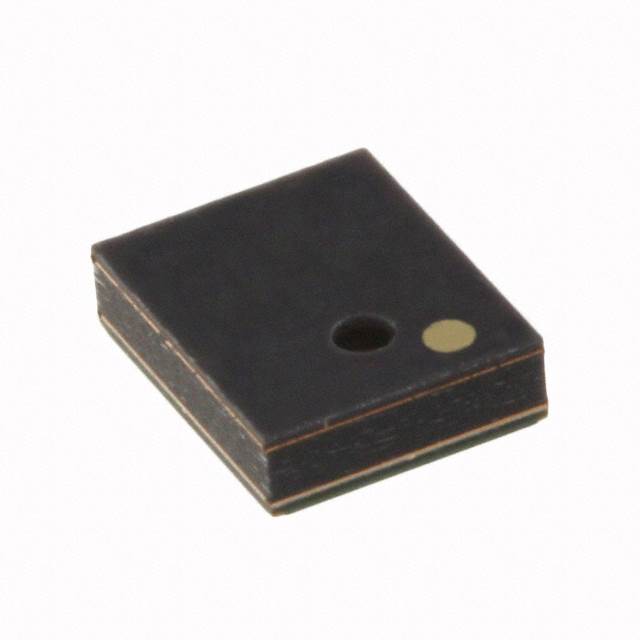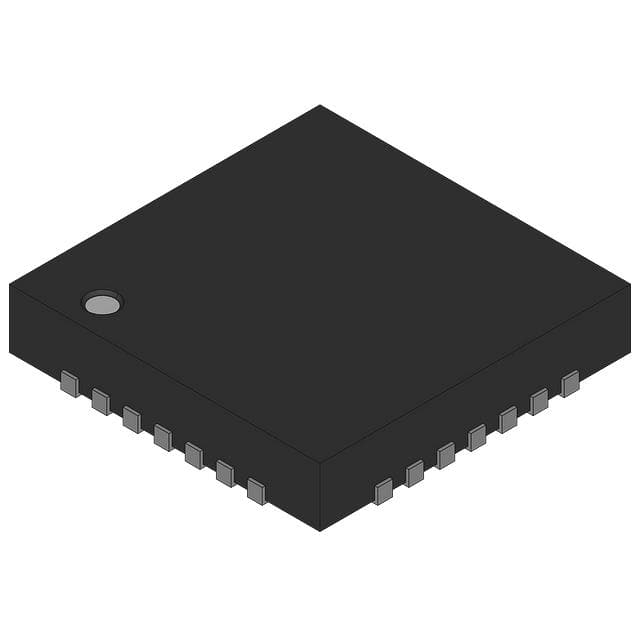Using the reference clock to realize serial communication data recovery of Cyclone10LP devices
In the non-source synchronous low-speed serial data communication scenario, the clock frequency of the communication counterpart may be biased, which may cause the data receiving end to be unable to accurately sample. In this case, the SOFT-CDR and DPA functions in the high-speed transceiver or LVDS serdes of high-end Altera devices can effectively solve this problem.
CR2032 vs CR2450 batteries: Which one is better for your device?
Many daily devices use CR2032 and CR2450 batteries because of their small size and reliable performance.
7408 Integrated Circuit: A Classic TTL (transistor-transistor logic) Type IC
The 7408 integrated circuit is a classic TTL (transistor-transistor logic) type IC, which is widely used in various digital circuits. It contains four 2-input AND gates, each with two inputs and one output, for performing logical AND operations.
What is Transistor hFE
hFE, also known as current gain or β (Beta), is an important parameter of the transistor, which represents the ratio between the base current and the collector current. It describes the gain capability of a transistor when amplifying current.
IGBT vs. MOSFET: A Comprehensive Comparison of Features
Both IGBTs and MOSFETs are important semiconductor devices that are widely used in power electronics, switching power supplies, and other high-power control systems. They can both be used to control the flow of current, but their operating principles, characteristics, and application scenarios differ.
WiFi 7 vs WiFi 6: Wireless Network Routing Comparison
WiFi 7 (802.11be) and WiFi 6 (802.11ax) are both wireless network communications standards, but they have significant differences in performance, spectral efficiency, latency, and the number of devices they support.
ENIG vs ENEPIG PCB: Explore the Difference
The choice of PCB surface finish is more than just a detail; it determines the performance and lifespan of the PCB. The versatile and robust Electroless Nickel Electroless Palladium Immersion Gold (ENEPIG) and the reliable and classic Electroless Nickel Immersion Gold (ENIG).
The automotive crystal oscillator FA-238A is the preferred choice for car Bluetooth
Epson FA-238A is a high-performance quartz crystal oscillator widely used in automotive, industrial and consumer electronics fields. It is particularly suitable for automotive-grade and high-reliability applications, with excellent temperature stability, low power consumption and high precision.
What are the differences between tantalum capacitors and ordinary capacitors
Tantalum capacitors are often used in high-precision circuits due to their high reliability, stability and small size, but due to their high price and polarity requirements, special attention should be paid to the connection polarity during design.
What is a clamping diode? Principle, function and application analysis
Clamping diodes are a common electronic component, also known as protection diodes or baropendulum diodes.
Four Common Topological Approaches to Powering LEDs
There are many topologies that can be used to power LEDs. As you probably already know, you need to first identify your design requirements before you start selecting, or you may end up with a design that is less than ideal or, worse, not guaranteed to work properly over the long term.
Regionalization Trend of Global Electronic Component Manufacturing: The Impact of Multinational Joint Ventures and Supply Chain Diversification
As global supply chain pressure increases, more and more electronic component companies are establishing production bases in places such as India and Southeast Asia, promoting the regionalization of supply chains.
US CHIPS Act 2024 in-depth implementation: How to reshape the global semiconductor supply chain and the future of technology
In August 2024, as the CHIPS Act is further promoted, the United States strives to localize the semiconductor industry and reduce external dependence. This strategic transformation is reshaping the global chip supply chain and is crucial to the future development of emerging technology fields such as AI and big data. This article deeply analyzes how the CHIPS Act reshapes the global supply chain and brings key industry impacts.
Hisense TVs sold out in Walmart on Black Friday
During this year's Black Friday promotion, Hisense TVs once again became a hot-selling product in the United States. Recently, a large number of videos of Americans rushing to buy Hisense TVs appeared on social media.
Electronic clock based on STC89C52 single chip microcomputer
Based on STC89C52 single chip microcomputer, it realizes the functions of electronic clock display and adjustment and calendar display and adjustment.
How to extend the life and reliability of relay switches

There are many ways to extend the life and reliability of relay switches, mainly by reducing the load of the relay, improving the working environment and optimizing the control strategy. Here are some specific measures:
1. Reduce the load of the relay
Reduce the switching frequency: The life of the relay is usually related to the switching frequency. Reducing the switching frequency or using a smoother control logic can reduce the workload of the relay.
Use appropriate loads: Avoid using relays for excessively high or low loads. In the case of high contact resistance, the contacts of the relay are prone to ablation and oxidation, which shortens the life. Choosing the right load current and voltage can effectively extend its life.
2. Choose the right type of relay
Solid-state relay (SSR): If the relay switches frequently or the load changes drastically, consider using a solid-state relay (SSR), because solid-state relays have no mechanical parts and can provide longer life and higher reliability.
Contact material: The contact material of the relay has a great influence on its life. Using corrosion-resistant and wear-resistant materials (such as silver alloy or gold alloy contacts) can increase the service life of the relay.
3. Reduce arc damage
Suppress arc: The contacts of the relay may generate arcs when switching, especially when switching large currents or inductive loads. Arc generation can be reduced by adding "arc suppressors" (such as RC, inductors, metal oxide resistors, etc.).
Use slow start and slow stop circuits: Reduce the impact on the relay contacts by controlling the rise and fall speed of the current.
4. Good heat dissipation and ventilation
Relays generate heat when working. Good heat dissipation and ventilation conditions can reduce the damage caused by overheating of the relay. Make sure there is enough space around the relay for air circulation to avoid excessive operating temperatures.
5. Regular maintenance and inspection
Cleaning relays: Check the contacts of the relay regularly to remove dust, oil and other contaminants to ensure good contact between the contacts. For higher power applications, check the contacts regularly for burns.
Check voltage fluctuations: Avoid excessive fluctuations in the power supply voltage to avoid affecting the performance of the relay.
6. Correct installation and environment
Ambient temperature and humidity: Relays are prone to aging in high temperature, high humidity or corrosive gas environments. When using, you need to avoid overly harsh environmental conditions.
Avoid vibration and shock: Avoid exposing the relay to excessive vibration or shock during installation, which can cause premature wear or fall off of the relay contacts.
7. Use redundant design
For applications with high reliability requirements, redundant design can be considered. Use multiple relays to share the load and avoid frequent operation of a single relay, thereby extending the reliability and life of the overall system.
These measures can help reduce the load on the relay and reduce the risk of damage, thereby extending the life of the relay and improving its reliability.
